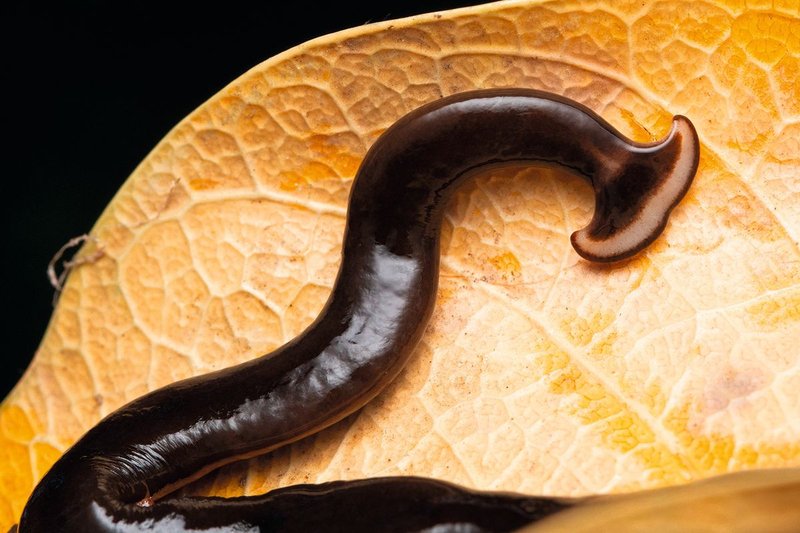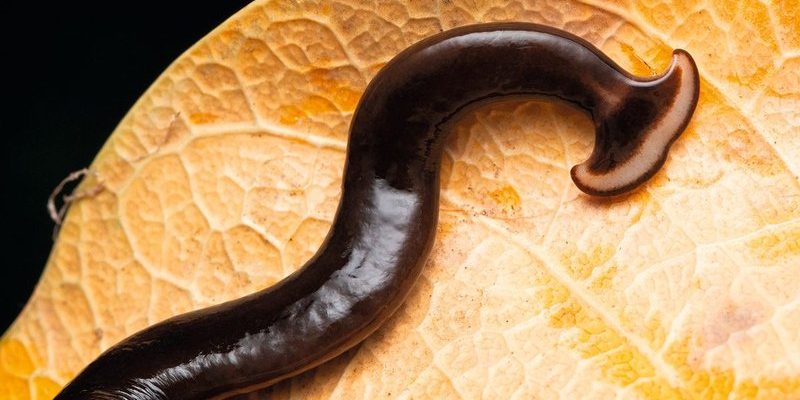
Understanding Hammerhead Worms
Before we get into moisture conditions, it’s essential to know a little about hammerhead worms themselves. Scientifically known as Bipalium, these flatworms are found in many parts of the world, especially in tropical and subtropical regions. They are known for their unique head shape, which resembles a hammer—hence the name!
Hammerhead worms are not just fascinating to look at; they are also predatory creatures. They primarily feed on earthworms and other soil-dwelling organisms. Their activity levels can vary significantly based on environmental factors, particularly moisture. This connection between moisture and behavior might seem a bit complex at first, but it’s crucial to understand how these factors interact.
The Role of Moisture in Hammerhead Worm Activity
So, why is moisture so important for hammerhead worms? Well, these worms have a permeable skin, which means they can easily lose moisture. When the environment is dry, they tend to become inactive. Just like how you might slow down on a hot, dry day, hammerhead worms are sluggish when the soil lacks moisture.
On the flip side, when the soil is adequately moist, these worms spring into action. They become more active after rainstorms or in humid conditions when moisture levels rise. Here’s the thing: moisture not only helps them stay hydrated but also creates a favorable environment for hunting and traveling.
Optimal Moisture Levels
You’ve probably wondered, “What exactly are optimal moisture levels for hammerhead worms?” Generally speaking, these worms thrive in soil that is consistently moist but not waterlogged. Ideal conditions often occur after rainfall, where the ground is damp but there are no large puddles.
Too much moisture can be problematic. When the soil is saturated, hammerhead worms can struggle. They might find themselves in situations where they can’t move freely or even risk drowning. Thus, they prefer a sweet spot where moisture levels are just right—like a balanced recipe.
Seasonal Changes and Hammerhead Worm Activity
Moisture conditions can vary dramatically throughout the seasons, impacting hammerhead worm activity significantly. In warmer months, particularly during the rainy season, you’ll likely see a spike in their movement. The rains create those perfect moist conditions that promote active feeding and mating.
Conversely, during dry seasons, their numbers may dwindle. In these times, they burrow deeper into the soil to escape harsh conditions. It’s as if they’re going into hibernation mode. Understanding these seasonal changes can give you valuable insights into when they’ll be most active.
Environmental Influences on Moisture Levels
Several environmental factors contribute to moisture levels in the soil, which in turn affects hammerhead worm behavior. Temperature, rainfall, and even soil type all play a role.
For instance, sandy soils tend to drain moisture quickly, making it less favorable for these worms compared to clay or loamy soils that retain water better. You might find more hammerhead worms in gardens with rich, well-draining soil than in sandy areas where the moisture evaporates rapidly.
Impact of Urbanization
Urbanization also affects moisture conditions. As cities grow, they often change the natural landscape, which can impact local moisture levels. Construction can lead to increased runoff, making it challenging for hammerhead worms to find suitable habitats.
In urban areas, you might not see these worms as frequently, simply because they can’t thrive in altered environments that don’t support their moisture needs.
How to Create Favorable Conditions in Your Garden
If you’re keen on attracting hammerhead worms to your garden, you might be wondering how to create those ideal moisture conditions. Honestly, it’s all about balance. Here are some tips to help:
- Keep the Soil Moist: Water your garden regularly, especially during dry spells.
- Mulch: Adding organic mulch can help retain moisture while providing nutrients as it breaks down.
- Monitor Drainage: Ensure your soil drains well to avoid waterlogging, which can be detrimental to hammerhead worms.
By following these steps, you can help support a thriving population of hammerhead worms in your garden. Just imagine the vibrant ecosystem you’ll create!
Recognizing Hammerhead Worm Activity
So, what does active hammerhead worm behavior look like? When conditions are right, you may notice these worms moving through the soil, often at night when it’s cooler and more humid. You might spot them on the surface after rain, showcasing that hammerhead shape.
Pay attention to their movements; they tend to glide smoothly, hunting for prey. If you’re an observer of nature, watching them can feel almost like seeing a small miracle unfold.
Potential Concerns with Hammerhead Worms
While hammerhead worms are intriguing, there are a few concerns to keep in mind. They’re predatory, and if they invade your garden, they could pose a threat to beneficial earthworms. Balancing these creatures in your ecosystem is essential.
It’s important to monitor their numbers and activity. If you notice an overwhelming presence, it might be time to rethink your moisture management strategies, as too much moisture can encourage their population growth.
Wrapping It Up: The Beautiful Balance
Understanding the moisture conditions that favor hammerhead worm activity helps us appreciate the delicate balance of nature. While they may seem like simple creatures, their interactions with the environment are anything but straightforward. By fostering the right conditions, you can support their presence while maintaining the harmony of your garden.
As you think about your garden’s ecosystem, remember that every creature plays a role. Hammerhead worms, with their fascinating behavior and unique needs, remind us of the complexity of life beneath our feet. So next time you’re outside, take a moment to observe. You might just spot one of these remarkable worms dancing in the soil!

